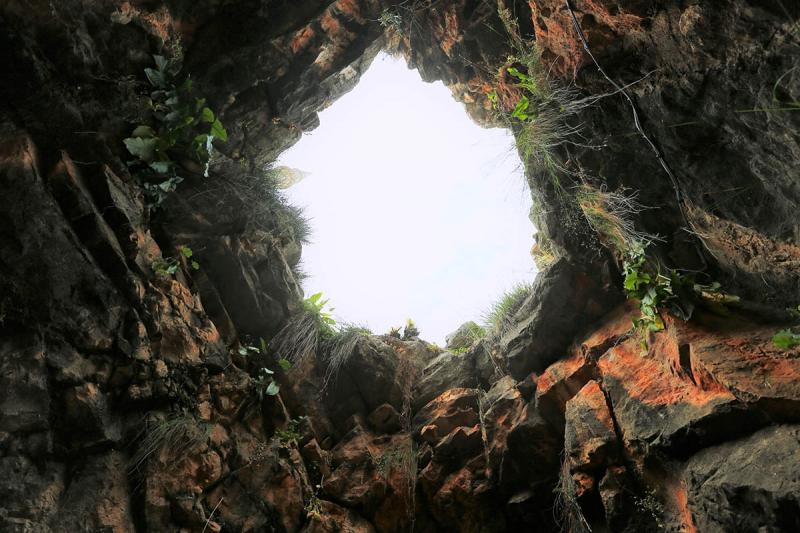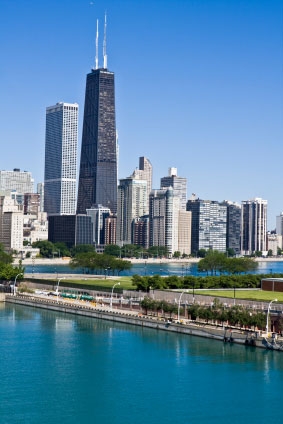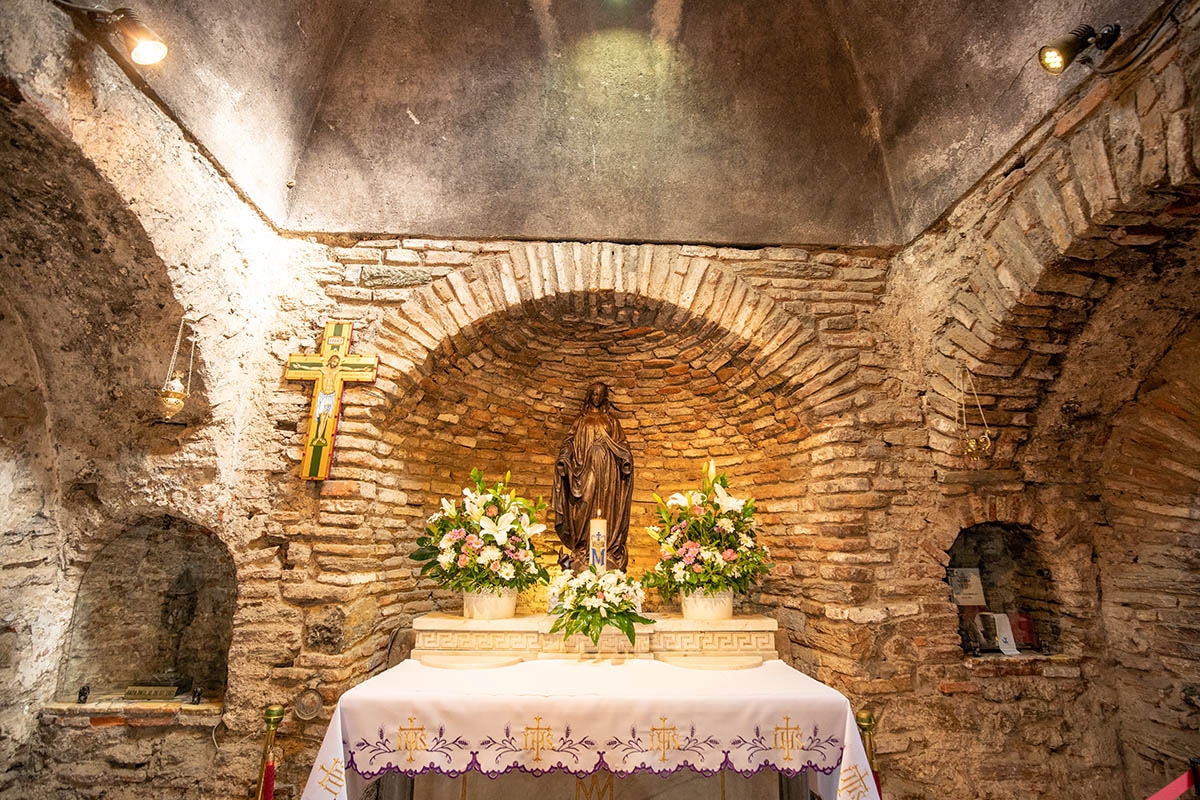
Discover world-famous ancient settlements, churches, and monuments in today’s Turkieye
Visit the house of the Virgin Mary, St. John’s Basilica, and the Cave of the Seven Sleepers at Türkiye’s faith routes.
One of Türkiye’s most important stops within the Christian Faith Routes, the House of the Virgin Mary draws visitors from around the globe. House of the Virgin Mary, located at Izmir, Türkiye is also very close to St. John’s Basilica and the Cave of the Seven Sleepers making the destination a very special faith route.
Türkiye is home to many historical sites that are important for many faiths. There are many significant Christian routes in Türkiye, but the ones in the country’s Aegean region are specifically important for pilgrimage as they include the house of the Virgin Mary, St. John’s Basilica, the Cave of the Seven Sleepers, 7 Churches of Revelation and much more…
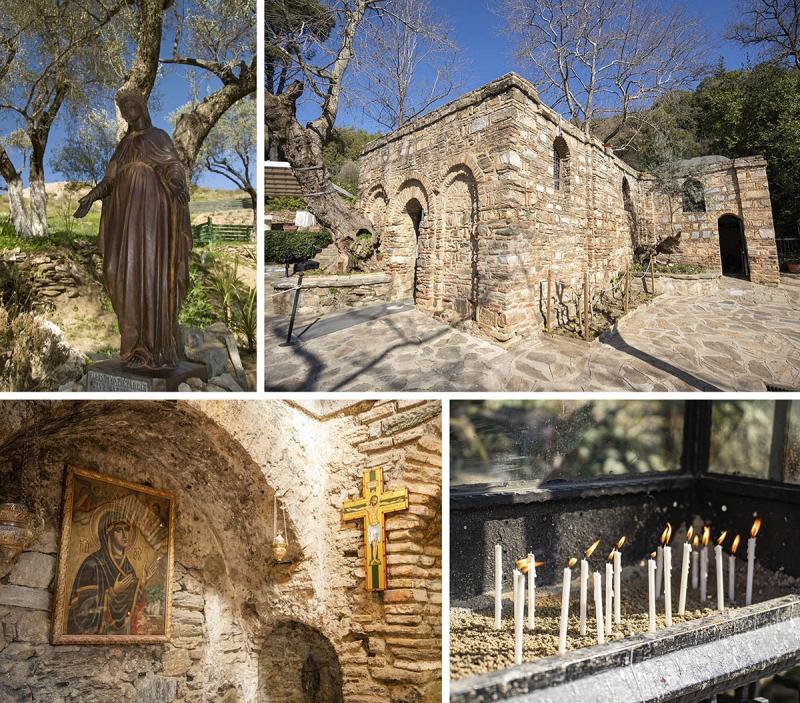
Journey to Ephesus in the footsteps of the Virgin Mary
According to legend, after the crucifixion of Jesus Christ in Jerusalem, John the Apostle brought Mary to Ephesus, a prominent coastal city in antiquity. As Ephesus was at that time under the rule of the Roman Empire, John took the Virgin Mary to a secluded site in a forest on the back slope of the Bülbül Mountain.
The discovery of the House of the Virgin Mary came about through the visions of a German nun, Blessed Anne Catherine Emmerich. Although the nun died in 1824, the images she had described enabled Lazarist priests to determine the location of the house where the Virgin Mary spent her last days. In subsequent years, the site was accepted as a pilgrimage site and, in 1951, Pope Pius XII gave the House of the Virgin Mary the status of a Holy Place and a Catholic place of pilgrimage. Upon this declaration, an influx of visitors to the site – which was considered sacred and had been restored by Muslims – began. Pope Paul VI and his successor, Pope John Paul II, are among those who came to Ephesus to pay their respects to the Virgin Mary and visited the house.
In this sacred temple, ceremonies are traditionally held on August 15, which is considered the date of the ascension of the Virgin Mary to heaven. Christians who attend the rites, which attract great attention, are also considered pilgrims. The House of the Virgin Mary is in the Selçuk district of Izmir and, after its discovery, was converted into a cross-planned and domed church. In its garden, visitors are greeted by an impressive statue of the Virgin Mary and a large baptismal pool. In the centre of the altar inside the church is a cast statue of Mary. In the section called the “Chamber of Mary,” to the right of the altar, there is a depiction of Mary by the painter Ratislas Loukine. The House can be visited along with the adjacent Sacred Fountain (Kutsal Çesme) and the historic Wish Wall (Dilek Duvari). The drinkable water flowing from the Fountain is believed to have healing powers, and some visitors fill bottles with this water. The Wish Wall is adorned with napkins and papers on which visitors can write requests and prayers. It is thought that the Virgin Mary lived in this house on Mount Bülbül until she died at the age of 101 and that John buried the Virgin Mary somewhere on the mountain, in an undisclosed location.
Many serene sites are on the Sacred Route
The Cave of the Seven Sleepers, noted in both Islamic and Christian records, is also in this region. Legend has it that seven Christian youths who lived during the reign of the Roman Emperor Decius refused to perform pagan rituals and offer sacrifices to the temple. Facing death threats, the seven boys took refuge in this cave near Ephesus. By order of the emperor, a wall was built at the entrance of the cave and the seven friends, unable to escape, fell into a deep sleep. When they woke up 200 years later, they learned that Christianity was now the state religion and Theodosius II was the emperor. It is said that after the seven youths died, a large funeral took place and a church was erected over the cave where they were buried. During excavations in the Cave of the Seven Sleepers, a church was discovered, along with numerous tombs and inscriptions regarding the Seven Sleepers, and it was accepted that this was the cave described in ancient tales.
Another must-visit spot in the area is the Basilica of St. John in Ephesus. It was constructed by Justinian I in the 6th century. It stands over the believed burial site of John the Apostle.
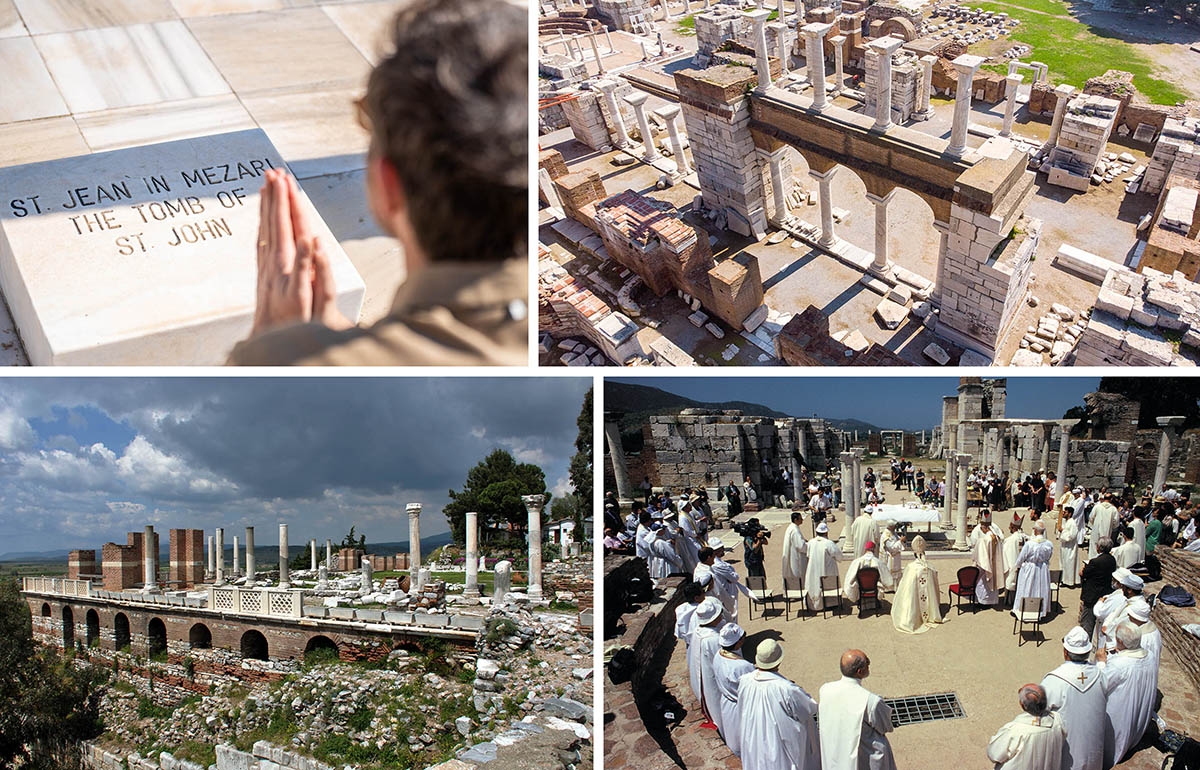
Türkiye has much more to offer to Christian travelers
As landmark developments in the history of Christianity occurred in these ancient lands, today’s Türkiye is home to some of the world’s most important and sacred settlements as well as churches and monuments. The structures and settings of these mystical events and important historical milestones in Christianity are considered pilgrimage centres.
Other pilgrimage routes of Christians in Türkiye include the Hatay St. Pierre Church, considered the first cathedral of the world. It was here where the community who defined themselves as “Christians” for the first time in history worshipped and St. Pierre is considered to have been the first Pope. Also on the pilgrimage routes are the St. Nicholas Church in Demre, Antalya, where St. Nicholas, also known as “Santa Claus,” served as Bishop; Cappadocia, dotted with subterranean rock-carved cities where the first Christians hid while fleeing the persecution of the Roman Empire; the Van Akdamar Church, erected to preserve a piece of the cross on which Jesus was crucified; and the Iznik Hagia Sophia Mosque, a former Byzantine church where the first and seventh ecumenical councils – the First and Second Councils of Nicaea – were held.
For more information on travel to Turkiye, visit www.goturkeytourism.com

